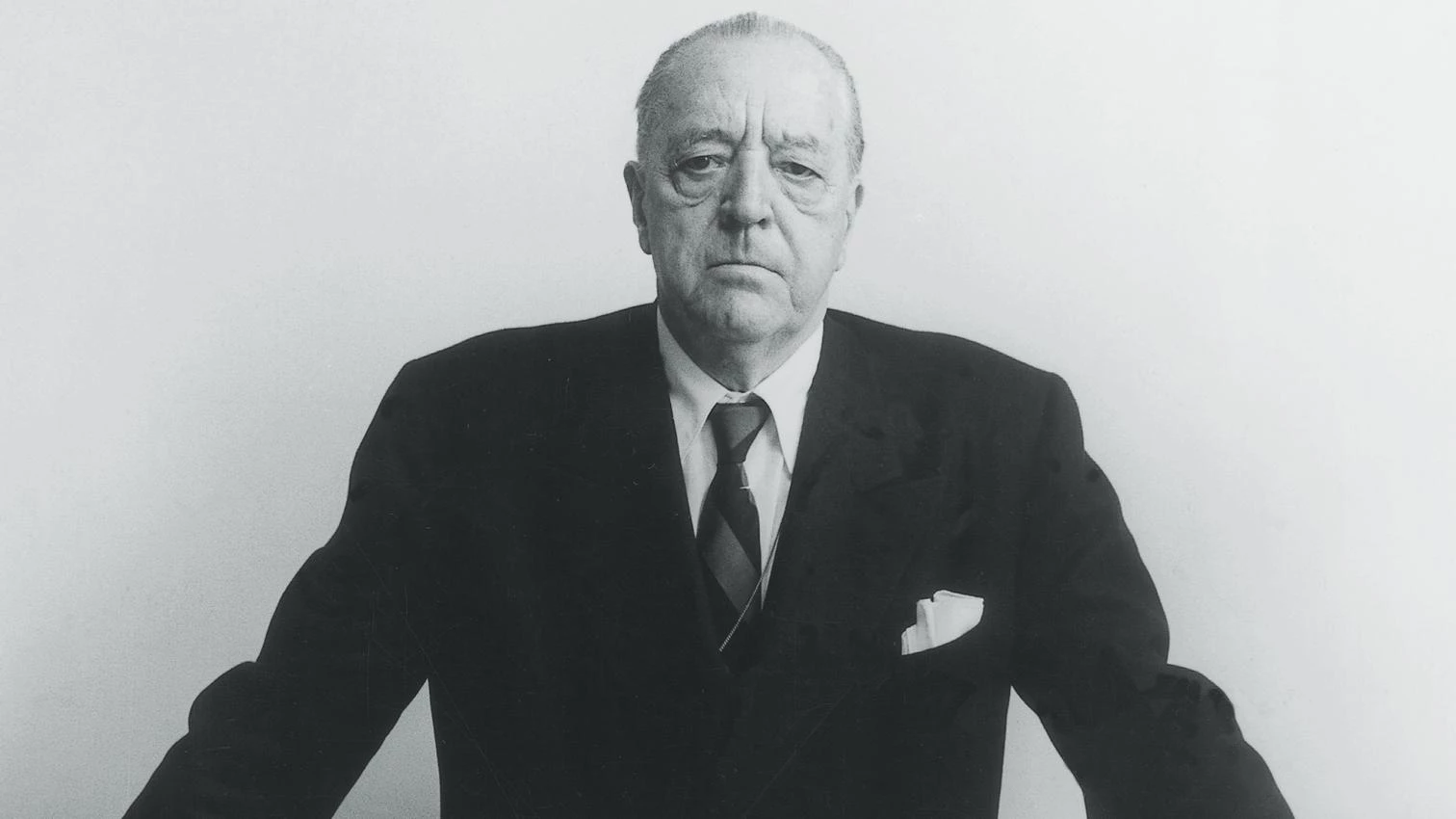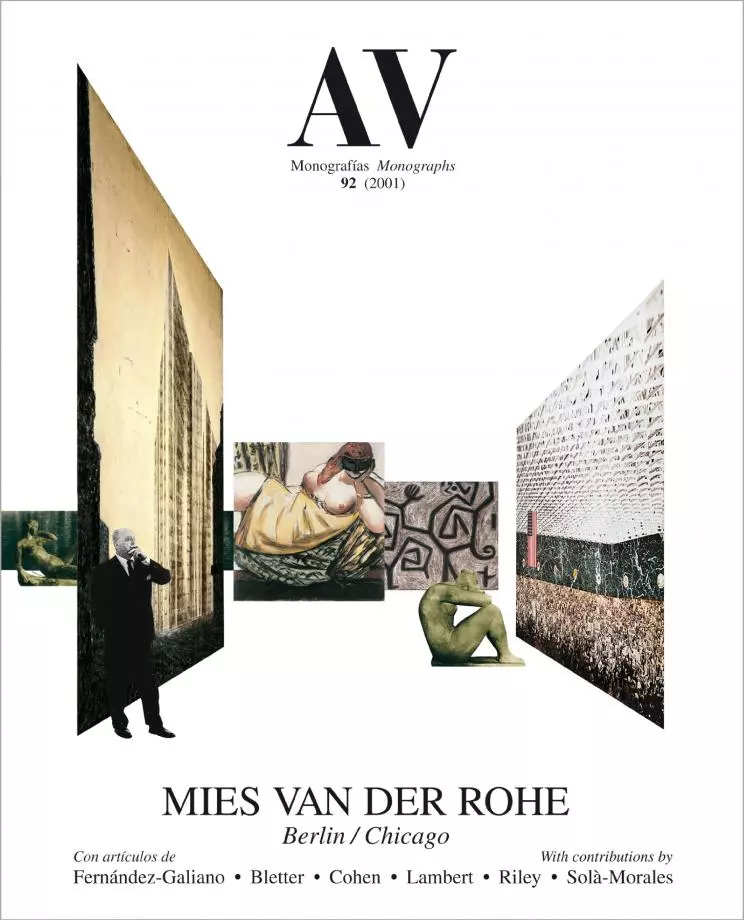The Industrial Order
Construction, Democracy and Monument

While in the Herbert Greenwald projects he worked in the demanding context of real estate development, Mies continued teaching and building within the academic environment of the Illinois Insitute of Technology. Always with the help of his old German colleagues from the Bauhaus, the master would end up establishing the laconic and univocal method of one who believed that a new architecture is not created every morning, and the more gifted students trained in the strict clonal discipline of the school would end up collaborating in his professional studio, there by closing the virtuous circle of the workshop, in the archaic tradition of the Baukunst to which Mies felt so intimately linked. His own buildings on the campus began to follow that strict method to approach other issues: how to express the character of the uses through the homogeneous vocabulary of the industrial order; and how to reconcile the egalitarian spirit of democracy with the monumental condition of some of its works. To the first matter he responded with two consecutive projects, the Boiler Plant and the campus Chapel, located on the symbolic extremes of the programmatic register – the more compelling material needs and the highest spiritual functions –, and which Mies resolved with identical geometric abstraction, denying the loquacity of signs, but supplying the Boiler Plant with a refinement unusual in a service building and interpreting in the Chapel the solemnity of sacred space through structural purity, silent symmetry and the generous luminosity of the prismatic volume; those same formal mechanisms, together with the ambitious technological advances of the clear-span, would serve to give an answer to the second matter, dealing with the democratic ambiguity of monumentality... [+]





